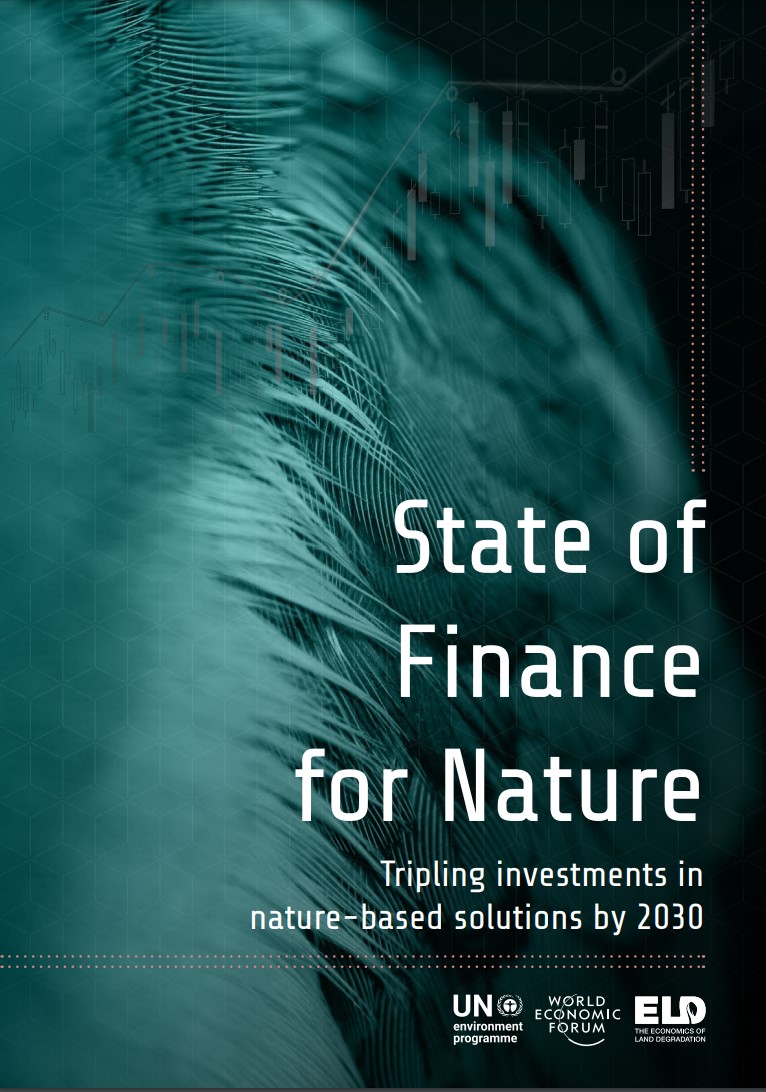A total investment in nature of USD 8.1 trillion is required between now and 2050 – while annual investment should reach USD 536 billion annually by 2050 – in order to successfully tackle the interlinked climate, biodiversity, and land degradation crises, according to the State of Finance for Nature report released today.
The State of Finance of Nature tracks global trends in public and private investment in nature-based solutions, aiming to improve data quality and identify opportunities for governments, businesses and financiers. This year’s report calls for investments in nature-based solutions to triple by 2030 and to increase four-fold by 2050 from the current level. While an increase in public funding would help plug some of the gap, there needs to be a significant increase in private sector investment in Nature-based solutions.
The authors of the report – produced by the UN Environment Programme (UNEP), the World Economic Forum (WEF) and ELD in collaboration with Vivid Economics – urge Governments, financial institutions and businesses to overcome this investment gap by placing nature at the heart of economic decision-making in the future. They stress the need to rapidly accelerate capital flows to nature-based solutions by making nature central to public and private sector decision-making related to societal challenges, including tackling the climate and biodiversity crises.

